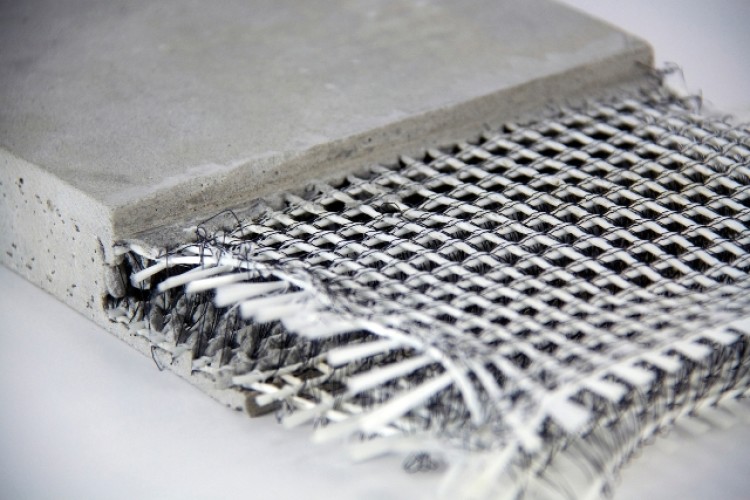High-Performance Composites for Eco-Friendly Building And Construction
High-Performance Composites for Eco-Friendly Building And Construction
Blog Article
Unlocking the Environmental Benefits of Recycled Compounds in Building and Layout
In the realm of building and design, the application of recycled composites holds substantial pledge for enhancing sustainability practices and reducing ecological influence. The shift towards a more sustainable future in these markets hinges on unlocking the complete capacity of recycled compounds.

Environmental Influence Decrease
The reduction of environmental impact through using recycled compounds in construction and layout plays an essential function in sustainable practices. By integrating recycled composites right into building products, the construction industry can substantially lower its carbon impact and contribute to a more environmentally friendly future. These sustainable products, made from repurposed plastics, timber fibers, or other recycled aspects, use a practical alternative to conventional building and construction materials without jeopardizing on high quality or sturdiness.
Recycled compounds help divert waste from garbage dumps and lower the need for drawing out basic materials, hence saving all-natural sources. Furthermore, the manufacturing procedure of these composites typically takes in much less energy and sends out less greenhouse gases contrasted to generating virgin materials (composites). This change towards utilizing recycled composites not just lessens environmental damage however additionally advertises a circular economic situation by urging the reuse of products that would certainly otherwise be thrown out
Waste Minimization
With an emphasis on reducing waste in construction and style, the integration of recycled compounds provides a lasting service to lower environmental influence. Waste reduction is a vital aspect of lasting practices, and the usage of recycled compounds offers a chance to accomplish this goal effectively. By making use of materials that have already offered their first purpose, such as recycled plastics or redeemed wood fibers, the building and construction and design markets can considerably decrease the amount of waste generated and sent out to landfills.
Recycled composites have the prospective to divert significant amounts of waste from traditional disposal techniques, contributing to an extra round economic situation where sources are used successfully. In addition, the production procedure of recycled compounds often eats less energy and generates fewer exhausts contrasted to virgin products, better decreasing the ecological impact of construction and style projects.
Implementing waste minimization techniques with the unification of recycled compounds not just aids in saving natural deposits but additionally advertises a more lasting approach to structure and designing for a greener future.
Power Preservation
Incorporating recycled compounds not only minimizes waste in building and construction and layout however additionally plays a critical function in boosting power conservation practices within the industry. The use of recycled compounds in building can considerably contribute to power conservation with various methods. The manufacturing of virgin materials typically needs significant energy inputs, whereas utilizing recycled compounds takes in much less energy, thereby minimizing overall energy usage. Furthermore, incorporating recycled composites can add to better insulation homes in buildings, lowering the need for extreme heating or cooling, and subsequently lowering energy use for environment control. The lightweight nature of numerous recycled compounds can lead to lighter structures, requiring much less power for transportation and installment. By advertising using recycled composites in building and design, the market can make considerable strides in the direction of accomplishing energy efficiency and reducing its carbon impact, inevitably adding to an extra sustainable constructed atmosphere.
Carbon Impact Decrease
Enhancing sustainability practices via the use of recycled composites in building and layout substantially minimizes the carbon impact of the sector. By integrating recycled materials right into the production of compounds, the need for virgin sources reduces, bring about lower energy consumption and greenhouse gas emissions connected with typical manufacturing procedures. This decrease useful site in carbon footprint is critical in combating environment adjustment and advertising an extra eco-friendly technique to building and construction and layout.
The carbon impact decrease accomplished with the adoption of recycled composites aligns with the global press towards lasting techniques and the decrease of industrial emissions. Eventually, by focusing on the integration of recycled compounds, the industry can make considerable strides in lowering its carbon footprint and adding to a more lasting future.
Sustainable Future
The integration of recycled composites in construction and design not just addresses immediate ecological problems but additionally lays a solid structure for a sustainable future in the industry. By integrating recycled compounds into building materials and items, the building and design industries can considerably decrease their dependence on virgin sources, resulting in a much more round economic situation. This change towards sustainability is crucial for minimizing the environmental effect of traditional construction practices, which typically result in high degrees of waste generation and source depletion.

Final Thought
In conclusion, recycled compounds provide considerable ecological benefits in building and design by decreasing environmental influence, decreasing waste, preserving power, reducing site here carbon impact, and advertising a visit homepage sustainable future. Welcoming the usage of recycled composites can add to an extra environmentally-friendly method to structure and design, ultimately leading to an extra lasting and greener future for all.
The decrease of environmental influence with the use of recycled composites in building and construction and layout plays an essential duty in lasting techniques.With a focus on minimizing waste in building and layout, the combination of recycled composites uses a sustainable solution to lower ecological impact. By advertising the usage of recycled composites in building and design, the industry can make significant strides towards achieving power efficiency and reducing its carbon footprint, inevitably adding to a much more sustainable developed setting.

Report this page